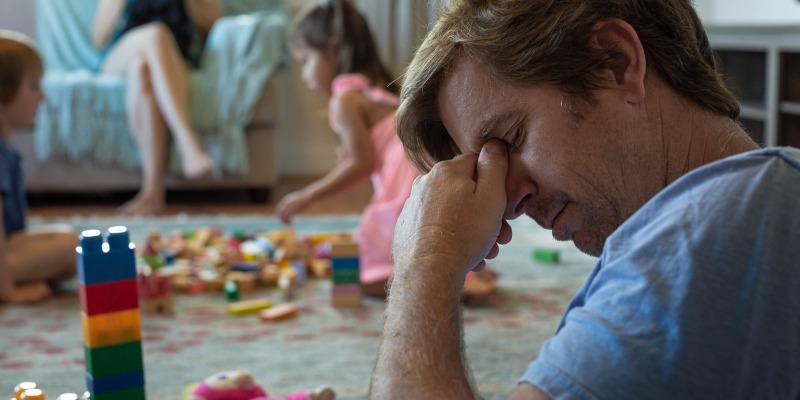Government child care in Nova Scotia—a disaster for parents

The federal and Nova Scotia governments have announced a child-care agreement that will cost taxpayers more than $440 million over the next three years. It’s the latest development of the government takeover of child care in the province, which began when the federal and provincial governments reached a five-year agreement in 2021 with the goal, Prime Minister Trudeau said, “of moving to a fully not-for-profit and publicly managed system.”
But the governmentalization of child care in Nova Scotia has not produced positive effects. In fact, compared to pre-pandemic 2019, according to Statistics Canada, in 2023 the percentage of children in the province who attended child care fell from 61 per cent to 56 per cent. And of families with children in child care, the percentage who said they had difficulty finding that care skyrocketed from 36 per cent to 52 per cent.
These unflattering statistics are corroborated by a myriad of stories describing child-care shortages. Last November, CBC reported Nova Scotia has “a severe shortage of spaces” and that even many child-care workers in the province could not find or afford spaces for their own children. Another story, from January, noted that while the Nova Scotia government claims it’s on track to meet targets, “just over 1,000 spaces have been lost in recent years due to the closures of some private-sector daycares.”
Yet another recent news report says, “For parents in Pictou County, accessing childcare is a challenge. There’s a shortage of options for parents, not enough spaces for the demand, and if there are spaces, families have to commit to long drives to get their childcare.” The local YMCA’s website acknowledges the difficulty of finding child care but says it’s “no longer accepting additions to our early years (ages 0-4 years) waitlists” as all of its child-care centres are at capacity “with a waitlist of over 300 families.”
As for the latest $440 million plan, it’s a massive sum and adds to what Becky Druhan, the province’s Minister of Education and Early Childhood Development, calls “significant, significant wage increases” for child-care staff that have already taken place. However, despite the big price tag, CTV reports skepticism among daycare operators that it will do much good: “They don’t believe it will help with the growing waitlists, or staff retention and recruitment.”
One significant problem in Nova Scotia is its deliberate exclusion of the private for-profit sector in meeting child-care needs. The Trudeau government’s child-care vision is deeply hostile to the private sector, a unfortunate reality underlined by its commitment to—as announced in 2021—a “fully not-for-profit and publicly managed system” in Nova Scotia.
Indeed, in reaction to the $440 million plan, Nova Scotia Liberal Leader Zach Churchill lamented that the “provincial government and the deal with the federal government does not allow the private sector to grow.” The exclusion of the private sector from the child-care program “is a serious limiting factor,” he said. The 2021 agreement was signed by the then-Liberal government, but Churchill says he had the same problem with the deal back then, too.
It’s indeed a problem. With private-sector child care, parents have choices, and if daycare operators don’t provide families great service at competitive prices, they lose their business investments and livelihoods. In contrast, with government child care, despite disastrous results to-date, the only “solution” is to continue pouring public money into the sector. Taxpayers lose, but so do private daycare operators, and most importantly, the families who need child care but cannot find it.
Author:
Subscribe to the Fraser Institute
Get the latest news from the Fraser Institute on the latest research studies, news and events.

